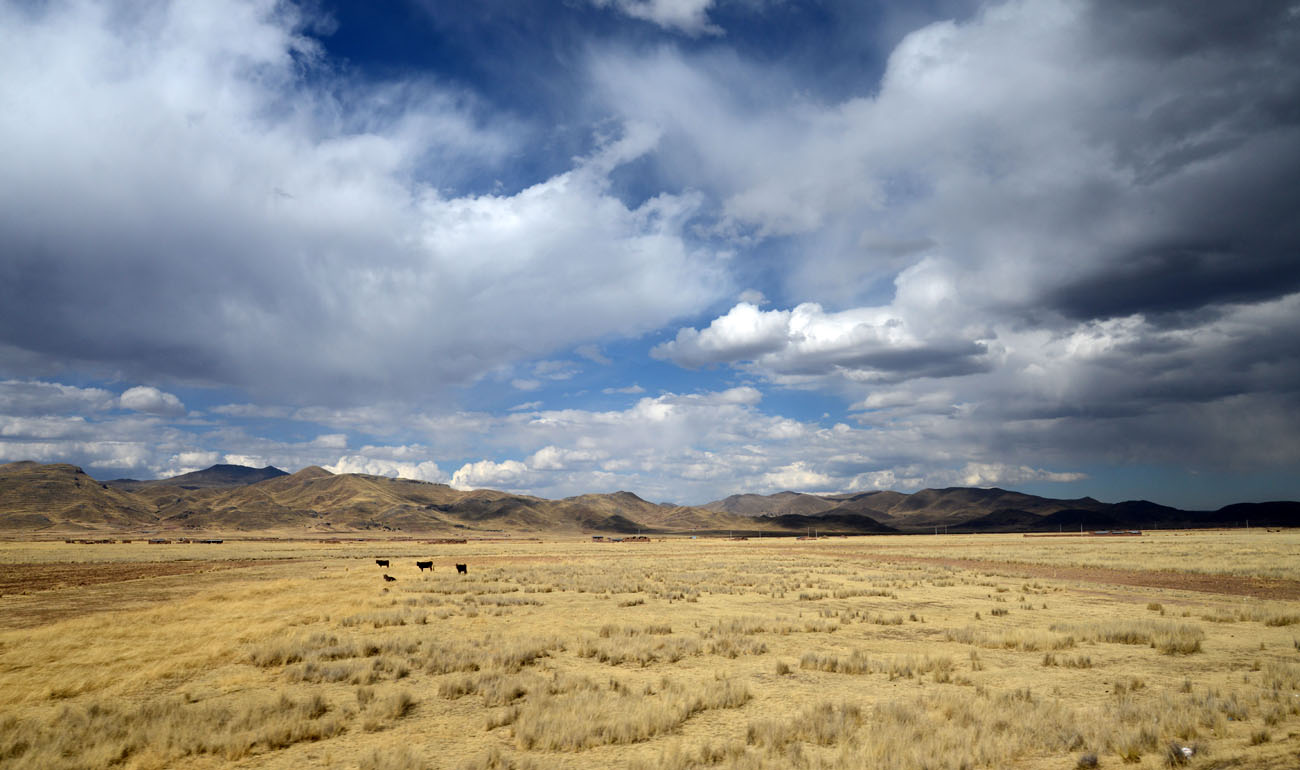
More of the magnificent Altiplano, the high plateau of the Andes, with its own cultural heritage, much of that centered in the area of Pukara
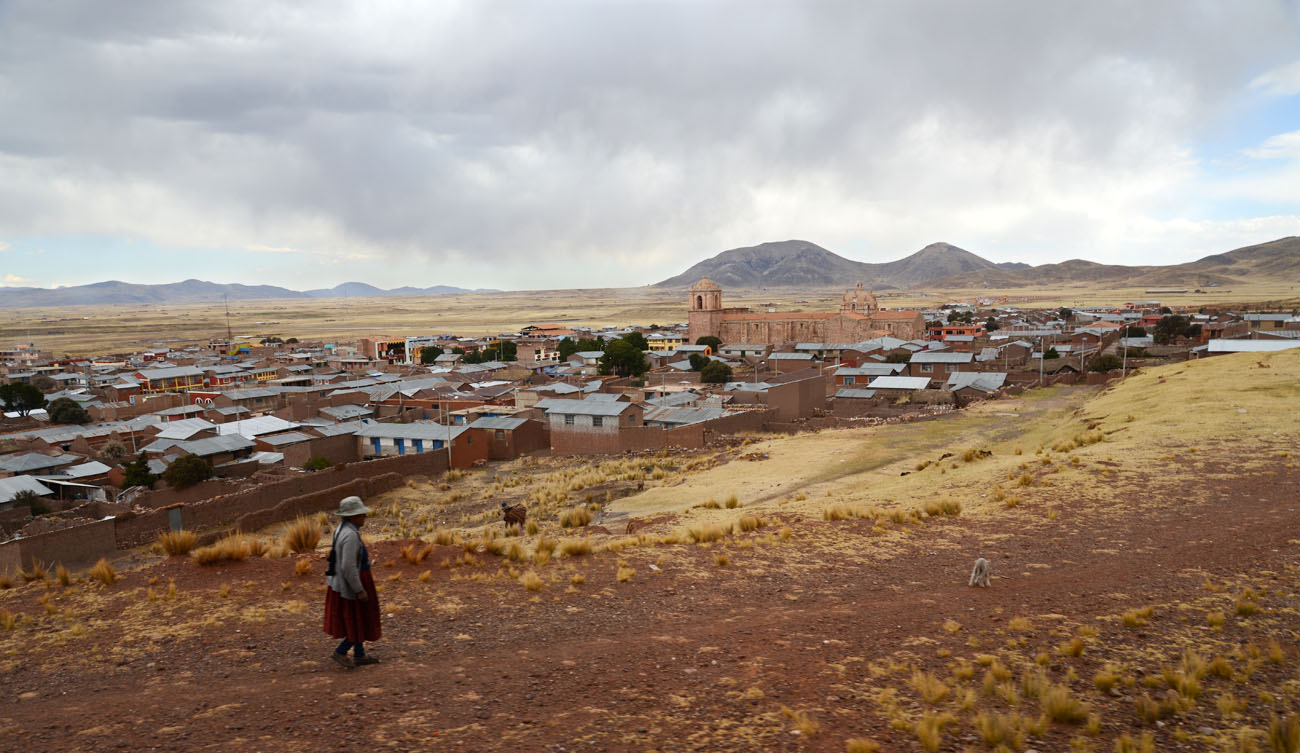
Once the heart of an empire that stretched from here to lake Titikaka, this is modern Pukara
Inca Express
Pukara
 |
More of the magnificent Altiplano, the high plateau of the Andes, with its own cultural heritage, much of that centered in the area of Pukara |
 |
Once the heart of an empire that stretched from here to lake Titikaka, this is modern Pukara |
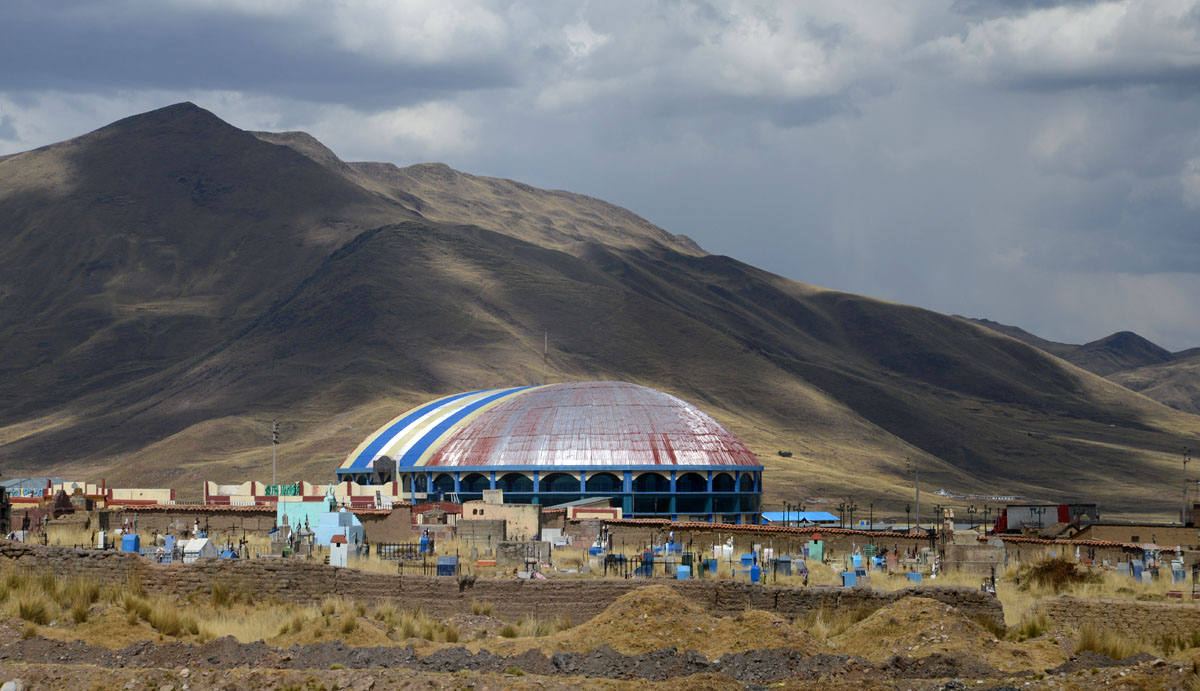 |
I called this the Altiplano lifecycle. You are born, work in the fields or raise lifestock, play soccer under the dome, and then die and come to rest right here.. |
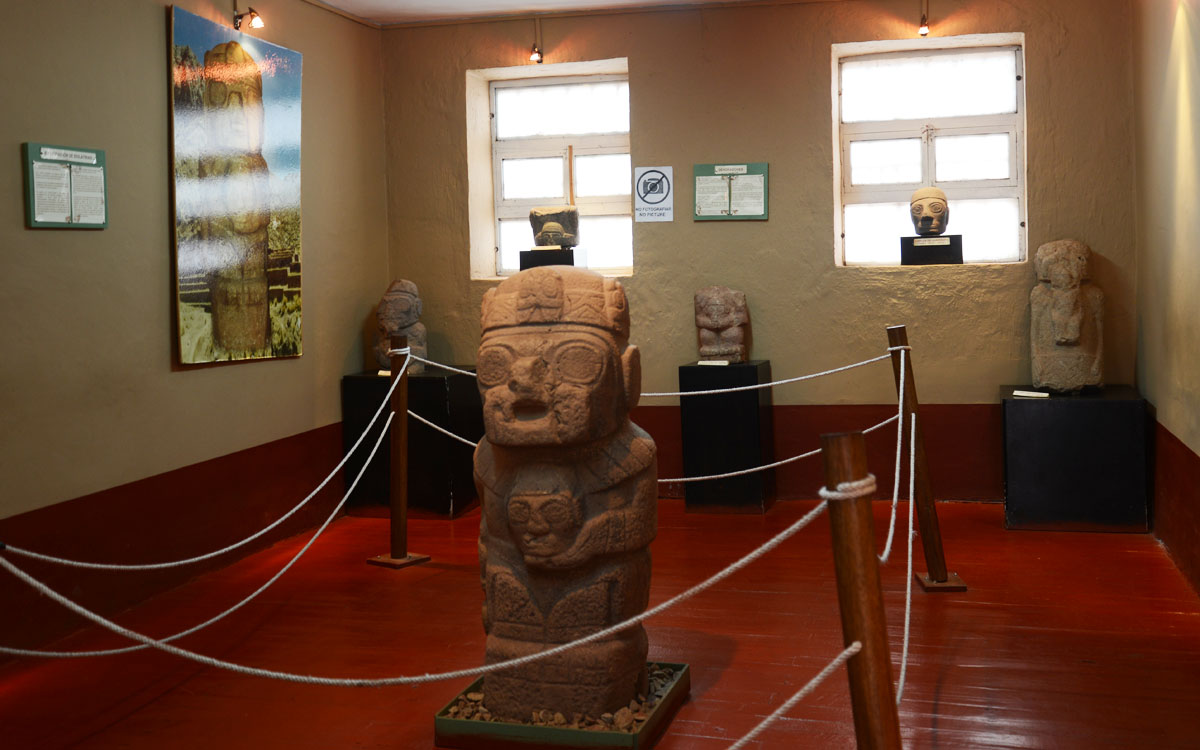 |
This important find is from the Pukara Empire (Tiwanaku) that existed from 500 BC to about 500 AD and stretched as far as modern Puno and beyond |
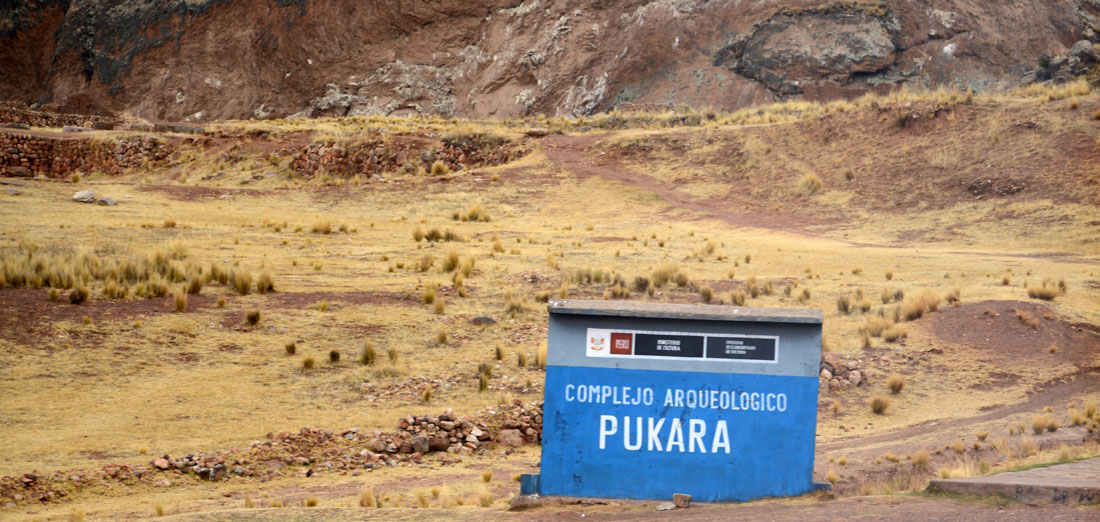 |
 |
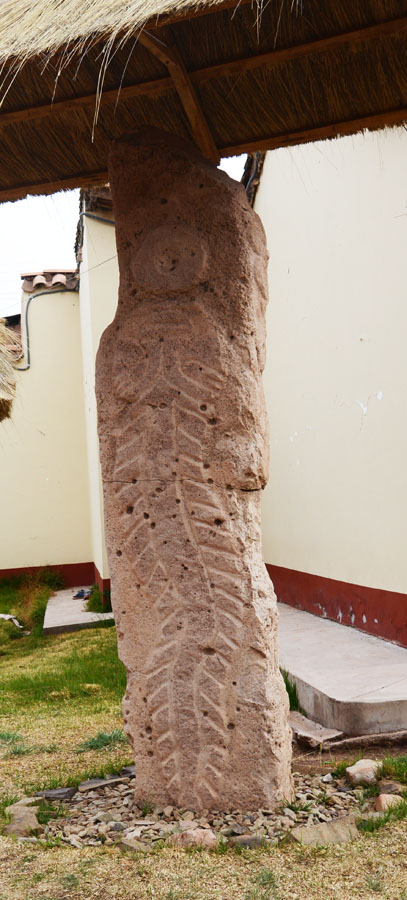 |
| This is a rich archaeological zone, you can see the stonework here and above. This looks like Inca, but this area has been continually inhabited since 11000 BC | This is a pre-Inca stele |
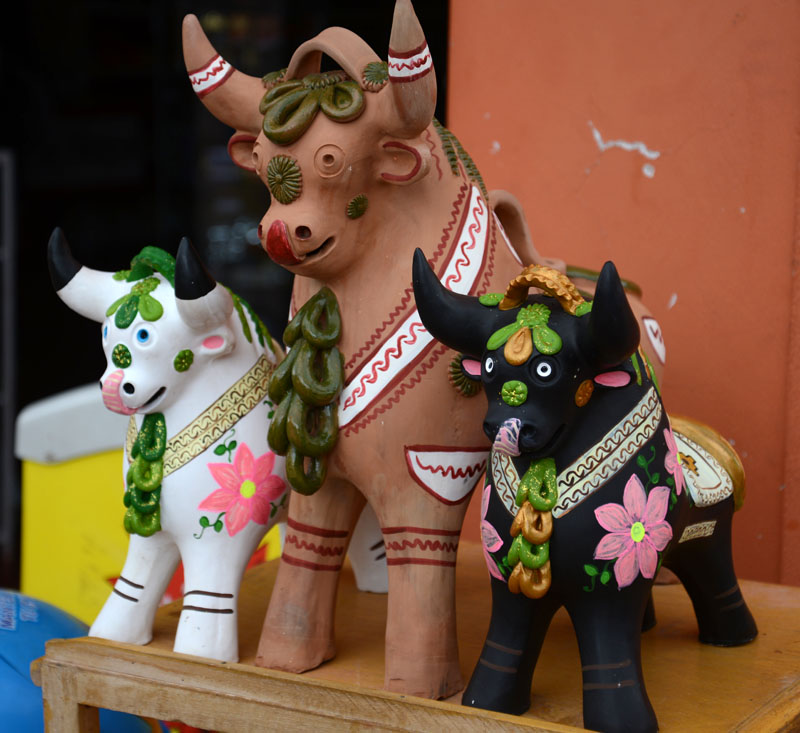 |
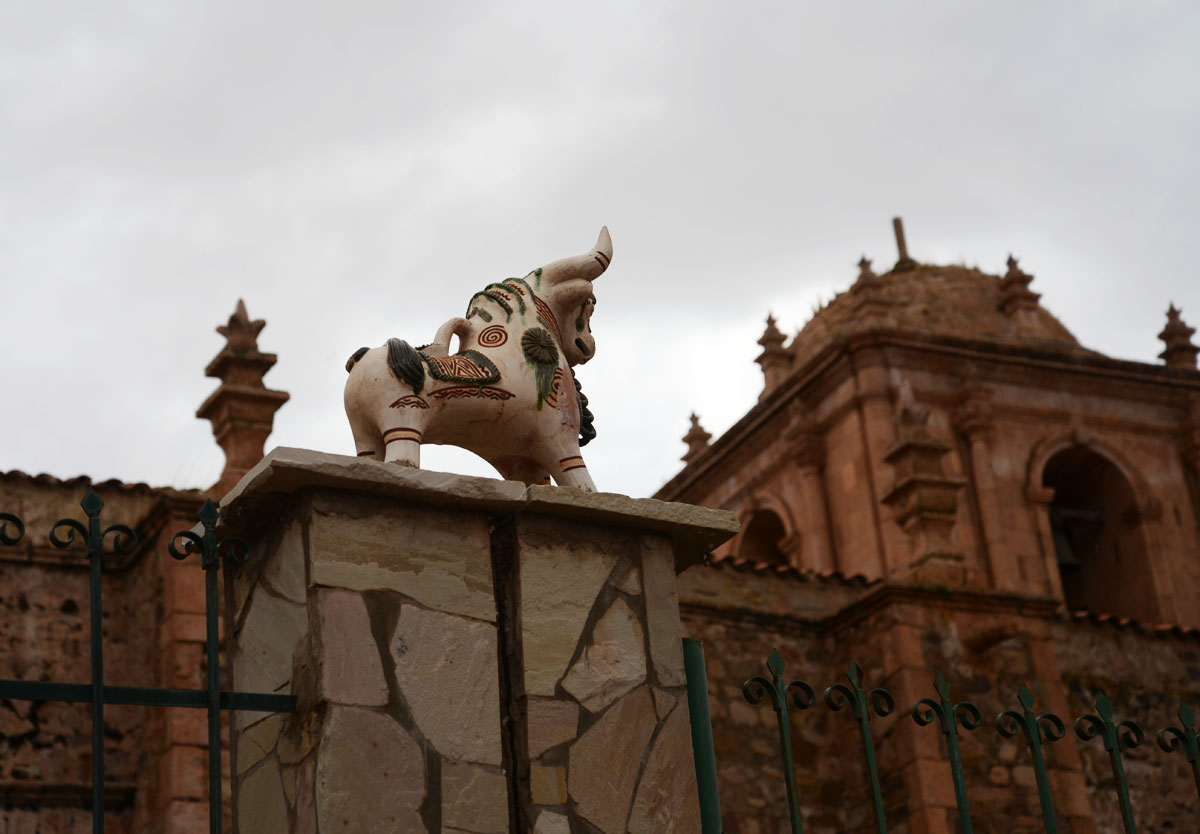 |
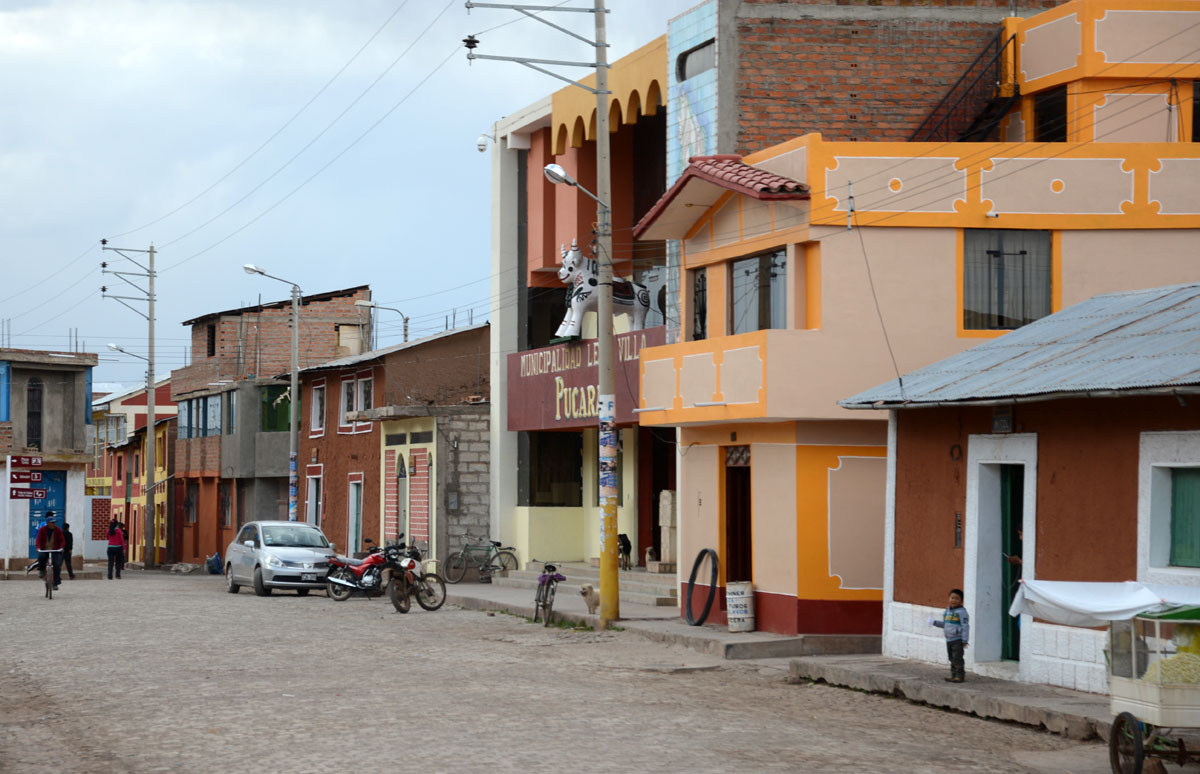 |
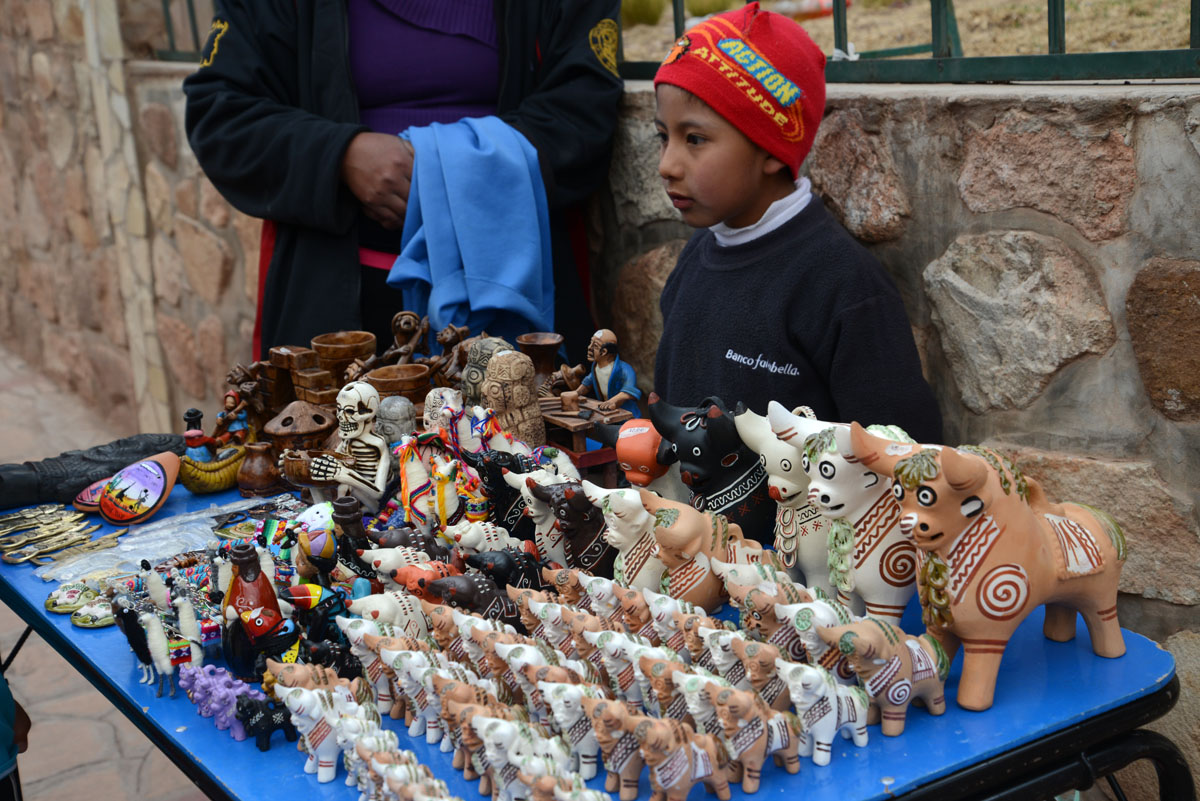 |
Unfortunately, the chart I have does not talk about the ever-present bull of Pukara. |
 |
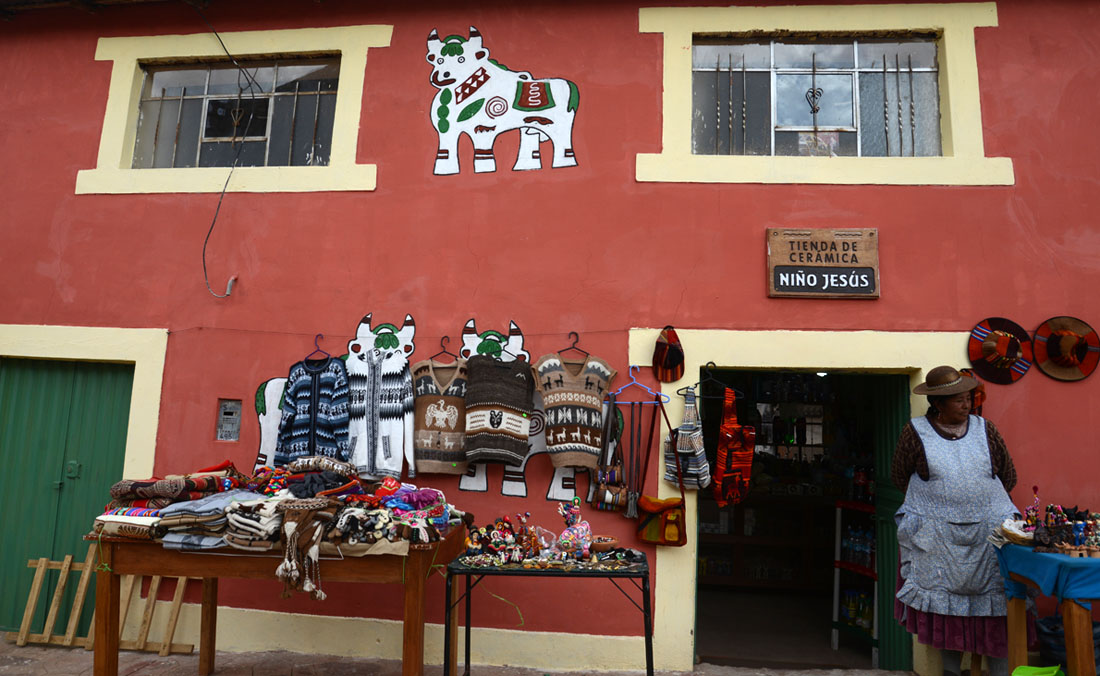 |
Today the ceramic bull is found as roof decoration in many parts of Peru and sold as Pukara souvenirs pretty much everywhere. |
 |
I saw this, these two were from a different tour bus, and said to myself, please, don't let me look like this. |
 |
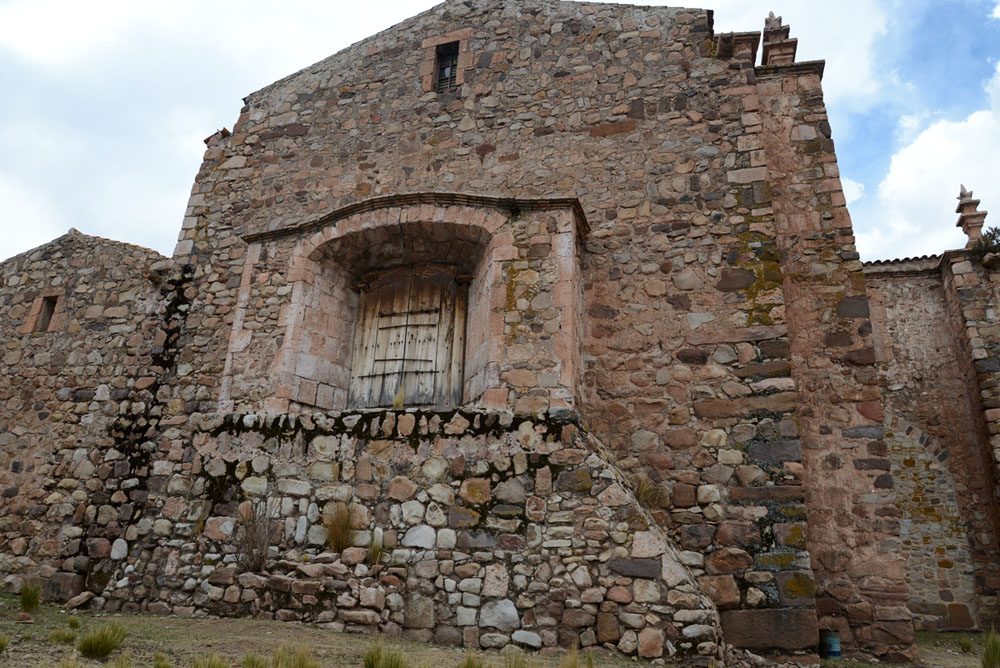 |
While posting this, I was reminded of the Scottish highlands and thought, this church could be there a no one would question it. Similar harsh environment surely evolve people equally hardy, using similar tools and materials. |
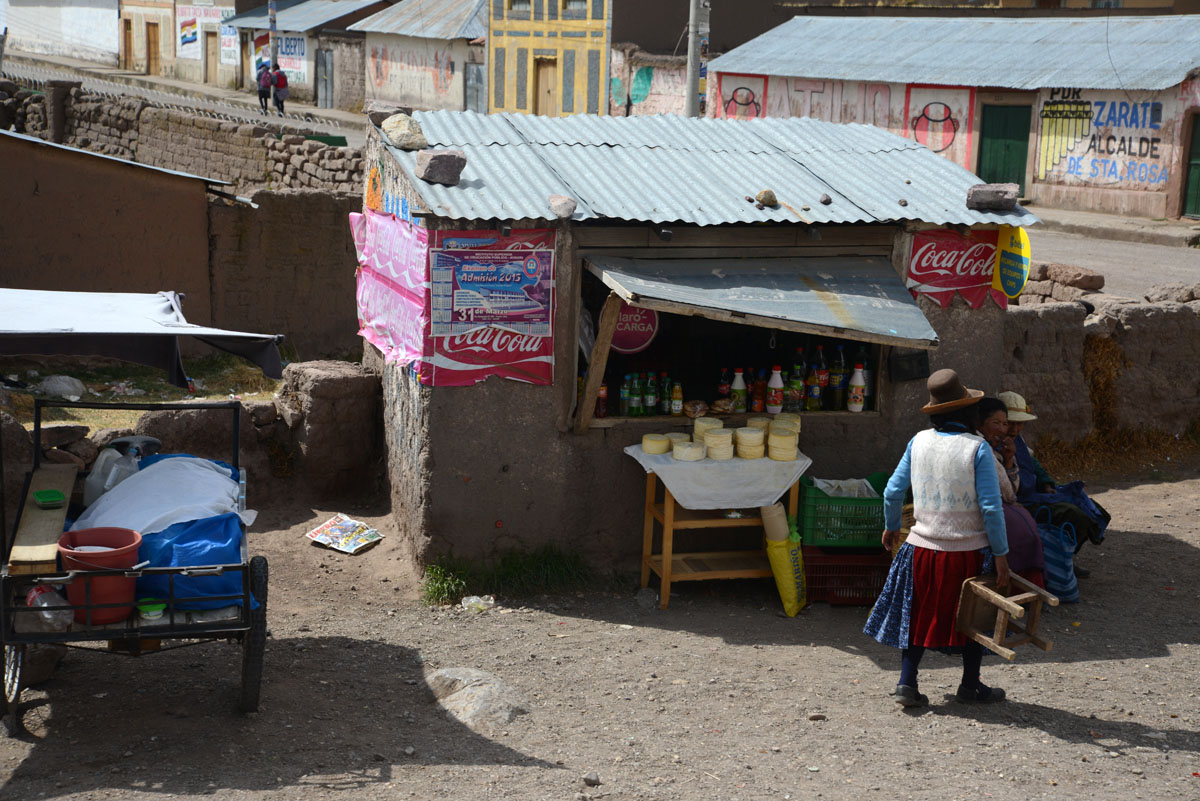 |
Get your Coca Cola, too sweet yogurt, and local cheese here. |
 |
One of the Inka Express attendents who served coffee and snacks. She was set up right across the aisle from me. |